Bed bugs have made a notorious comeback across the United States, but few battles have been as intense—and as innovative—as the one unfolding in Indiana. The Hoosier State, known for its midwestern resilience and close-knit communities, faces one of its most persistent urban health crises as waves of bed bugs infest homes, hotels, college dormitories, and public spaces. In 2025, cities across Indiana have ramped up their response in a coordinated effort that blends public education, community engagement, and cutting-edge pest control.
The Rising Tide of Bed Bugs in Indiana
The resurgence of bed bugs in Indiana seems almost unbelievable to those who recall earlier decades when these pests were nearly eradicated in the U.S. Unfortunately, shifts in travel, urban density, and insecticide resistance have allowed bed bugs to thrive anew. Reports show a drastic increase—over 500% since the early 2000s—in calls for pest control due to these persistent pests. Indianapolis, the state’s largest and most populous city, currently ranks among the top five in the nation for bed bug infestation, with other Indiana cities like South Bend and Fort Wayne securing spots within the country’s top fifty.
Understanding the Scope
The bed bug epidemic in Indiana isn’t limited to big cities. Cases have surfaced everywhere—from student dorm rooms in Bloomington to hotels in Evansville and residential homes in South Bend and Hammond. Urban population centers, tight housing markets, and thriving travel hubs all contribute to the rapid spread. Even smaller cities and college towns have reported clusters of infestations that prompted urgent community action.
| City | National Bed Bug Ranking |
|---|---|
| Indianapolis | 5th |
| South Bend | 27th |
| Fort Wayne | 38th |
| Bloomington | 2nd in state |
| Hammond | 8th in state |
| Evansville | 4th in state |
Why Are Bed Bugs Surging?
The current bed bug resurgence is fueled by a perfect storm:
-
Increased domestic and international travel: Travelers inadvertently transport bed bugs in luggage or clothing, leading to rapid spread.
-
Urban housing density: Apartment complexes, college dormitories, and shared housing units are ideal for bed bug transmission.
-
Pesticide resistance: Bed bugs have evolved resistance to many of the chemicals that once easily removed them.
-
Secondhand furniture: The popularity of thrift stores and picking up discarded furniture has inadvertently abetted the spread.
These factors, coupled with the pest’s elusive habits (bed bugs hide in mattress seams, electrical outlets, and behind baseboards), make eradication both challenging and expensive.
The Impact on Indiana: Economic and Social Costs
Dealing with bed bugs is not only a public health concern but also a significant financial burden. The average cost of professional treatment can range from a few hundred to thousands of dollars—an amount that many low-income households and struggling students in Indiana find hard to bear. Local pest control companies reported a surge in service requests, with some indicating bed bug treatment now surpasses termite control as the most sought-after service. The direct costs extend past homes, straining school districts, colleges, public housing authorities, and hospitality businesses.
On the social side, families report sleepless nights, anxiety, and the social stigma attached to infestations. Hospitals, nursing homes, and schools have all implemented special protocols to prevent outbreaks.
Indianapolis: Leading the Battle
Indianapolis, firmly entrenched on national worst-infested lists, has mounted a broad and aggressive response. City leaders have prioritized community education, recognizing that early detection and rapid reporting are instrumental in halting outbreaks. Public health departments distribute literature and offer hands-on training sessions throughout neighborhoods with high reports of infestations. The city partners with pest control companies to provide subsidized or free treatment programs for low-income residents.
Indianapolis public housing developments now conduct regular inspections, install mattress encasements, and rely on trained canines to sniff out the pests before a problem becomes widespread. In schools, staff receive annual bed bug recognition training, ensuring that even the youngest victims find support quickly.
Neighborhood associations have also become active participants, with block-by-block information campaigns and neighborhood clean-up days that discourage the disposal and reuse of infested furniture.
South Bend: Community Engagement and Rapid Response
South Bend, ranking within the top thirty nationally, launched a citywide initiative focused on breaking the stigma of bed bug infestation. The city established a bed bug hotline, which allows residents to report infestations anonymously. Exterminators dispatched through city contracts offer reduced-rate inspections and treatments for qualifying households.
Major apartment complexes and public housing authorities conduct routine pest checks and distribute educational packets during tenant orientation. Libraries and community centers now stock bed bug identification guides and host informational workshops.
Schools participate in the battle as well, mobilizing teachers, custodians, and parents to monitor for early signs and prevent outbreaks. As a university town, South Bend works closely with local colleges to ensure dormitories and student housing remain vigilant, especially during move-in and move-out periods.
Fort Wayne: Task Forces and School Outreach
In Fort Wayne, the city coordinated a bed bug task force composed of city officials, health department representatives, and pest management professionals. Their primary charge is public education, promoting a philosophy of “see something, say something.” The task force maintains a registry where residents can report suspected infestations and access advice on next steps.
Schools and community centers play a vital educational role. Lesson plans and assemblies teach children and families how to spot early warning signs and prevent the pests from hitchhiking home from sleepovers or school trips. Citywide outreach includes information booths at farmers markets, fairs, and apartment buildings.
Bloomington: Student and Landlord Partnerships
Given its reputation as a major college town, Bloomington faces high risk of bed bug outbreaks, especially in rental housing and dormitories. The city’s response centers on collaboration between the university, landlords, and the local health department.
Bloomington has introduced a robust education campaign targeting both students and property managers. Workshops for tenants explain what to look for after travel and how to avoid inadvertently bringing pests into shared living spaces. Landlords receive resources on proper reporting and guidance to remediate infestations swiftly, preventing further community spread.
An official bed bug action plan now requires property owners to notify tenants about infestations and provide prompt professional treatment. The strategy has reduced the impacts of outbreaks and improved tenant-landlord cooperation.
Evansville and Hammond: Keeping the Pressure On
Other Indiana cities, like Evansville and Hammond, with significant but smaller outbreaks, have learned to be proactive. They’ve instituted rapid-response protocols, public awareness campaigns, and detailed reporting processes. Partnerships with pest control companies ensure fast identification and treatment, reducing the risk of long-term infestations.
In Hammond, close proximity to Chicago, the country’s most bed-bug-ridden city, makes vigilance especially crucial. Evansville’s collaboration with public works and housing authorities helps residents prepare for, respond to, and recover from infestations.
The Science of Eradication: Innovations and Challenges
Pest control is evolving rapidly in Indiana as bed bug resistance to older pesticides grows. Cities and local businesses are exploring:
-
Heat treatments: Specialized equipment raises room temperatures to lethal levels, destroying bugs and eggs.
-
Insect growth regulators: These disrupt the life cycle and prevent reproduction.
-
Canine detection: Specially trained dogs can locate infestations quickly and more accurately than human techs.
-
Integrated pest management (IPM): An approach blending monitoring, targeted treatments, environmental modification, and education for sustainable control.
Experts highlight that no single approach suffices. Eradication often requires professional intervention, coordinated community response, and a commitment to ongoing prevention.
Real Indiana Stories: Resilience Amid Infestations
In Indianapolis, a neighborhood association organized a “bug patrol” to help vulnerable residents inspect their homes and move infested furniture safely. In South Bend, a local elementary school created an awareness art contest, resulting in colorful posters adorning the halls with tips for families. Bloomington’s student organizations hold “bed bug boot camps” for incoming freshmen.
These grassroots efforts, fueled by Hoosier determination, have become the backbone of Indiana’s fight against the tiny invaders.
Preventing Future Infestations
Education lies at the heart of prevention. The state health department, with local partners, recommends steps like:
-
Regular inspection of beds, mattresses, and upholstered furniture.
-
Caution with secondhand items; avoid picking up “free” furniture from curbs.
-
Use of mattress and box spring encasements.
-
Prompt reporting and professional intervention at the first sign of pests.
-
Dryer treatment of clothing and linens after staying in hotels or shared accommodations.
-
Encouraging travelers to keep luggage elevated when staying in hotels.
Many hotel and apartment managers now adopt preventative policies, scheduling regular inspections, providing encasements, and posting visible reminders for guests or tenants.
Indiana’s Quest for a Bed Bug-Free Future
Indiana’s bed bug battle in 2025 is a story of tenacity and collaboration. Cities like Indianapolis, South Bend, Fort Wayne, Bloomington, Evansville, and Hammond demonstrate how community-based solutions, modern science, and neighborly cooperation can redefine what it means to fight a common enemy.
The persistent itch of the bed bug crisis has united Hoosiers across diverse communities. While eradication remains an ongoing challenge, Indiana’s cities have proven that vigilance, innovation, and education are the most potent weapons in the fight. Residents now share not only the goal of restful, bug-free sleep—but also a renewed sense of teamwork and community resilience.
The journey continues, but Indiana’s determination to fight back against the infestation ensures hope is always on the horizon.

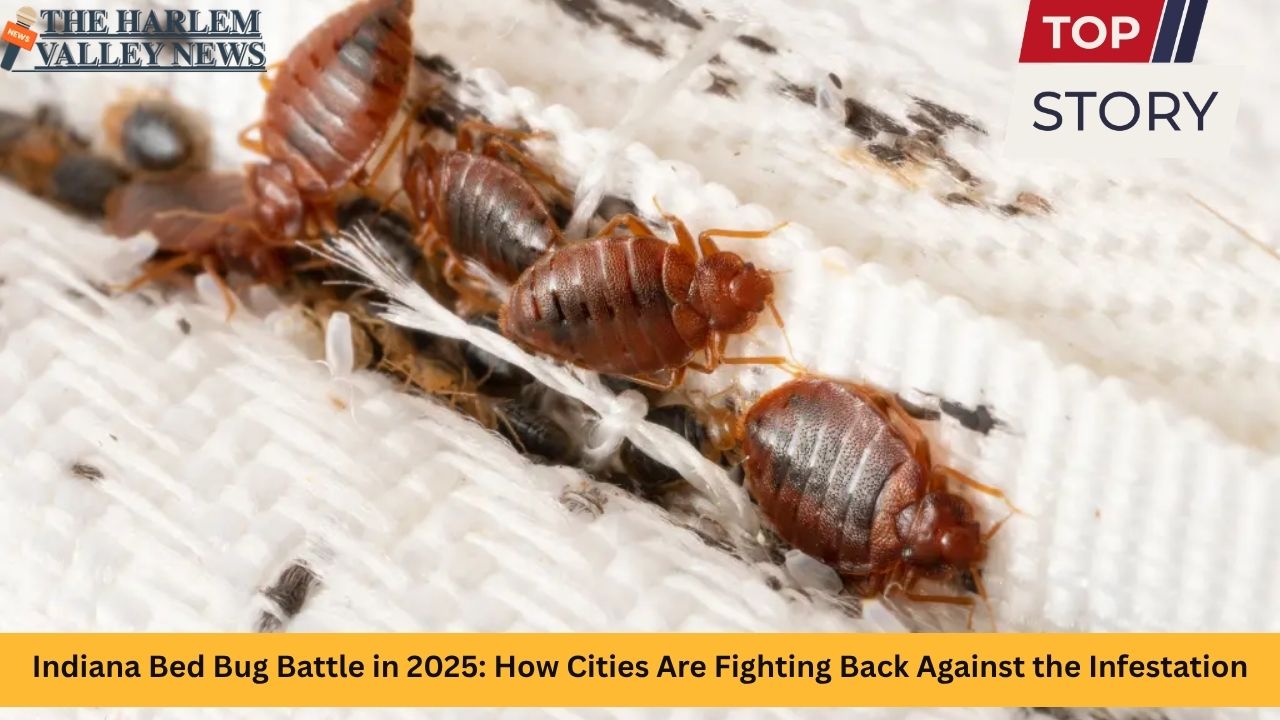
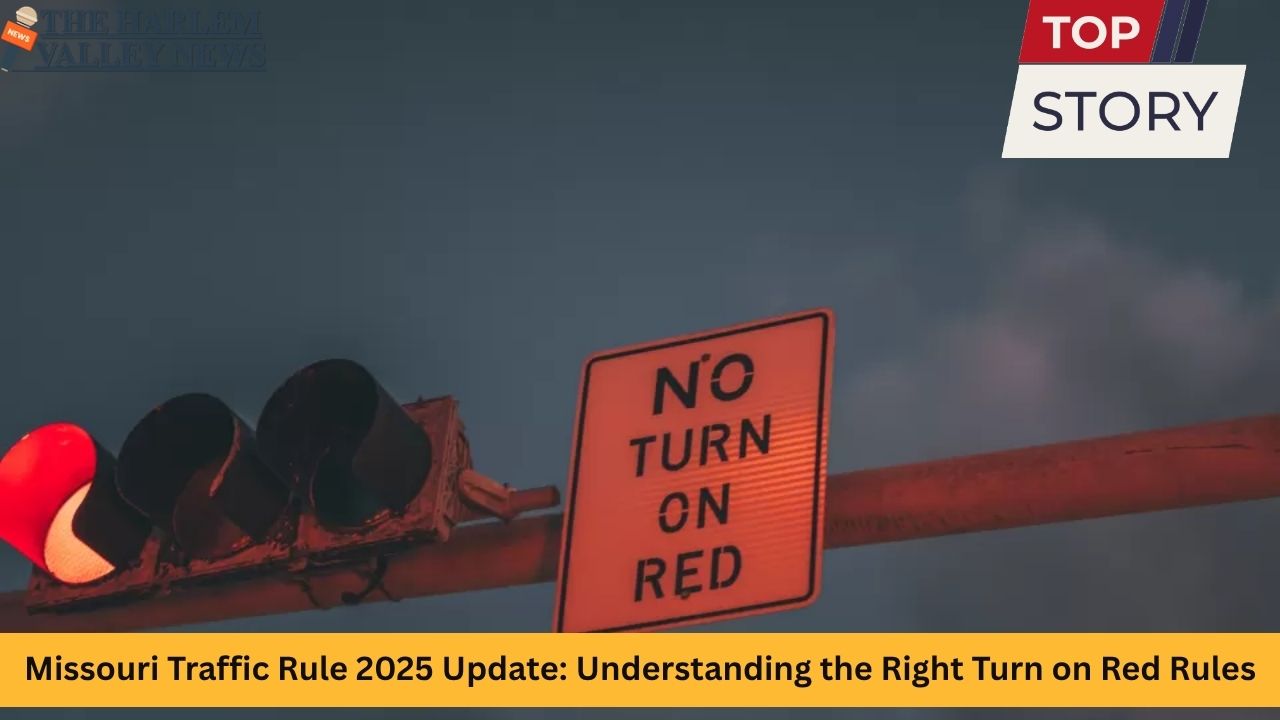



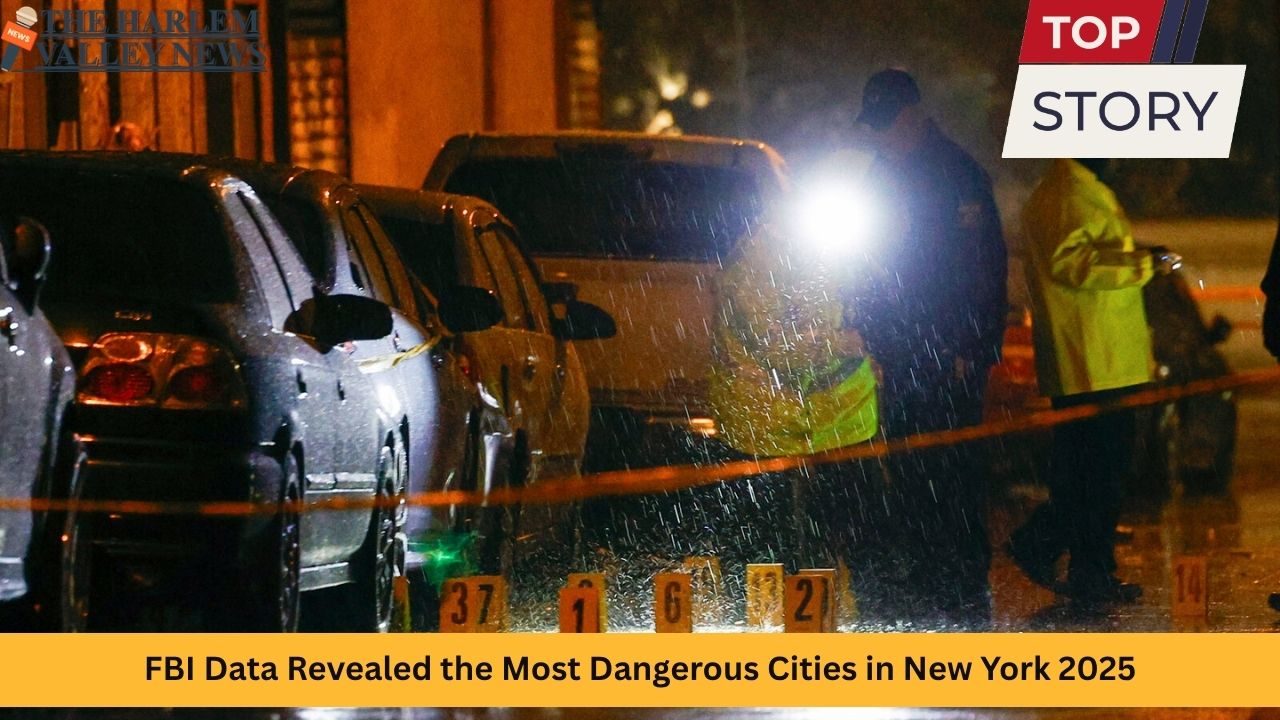
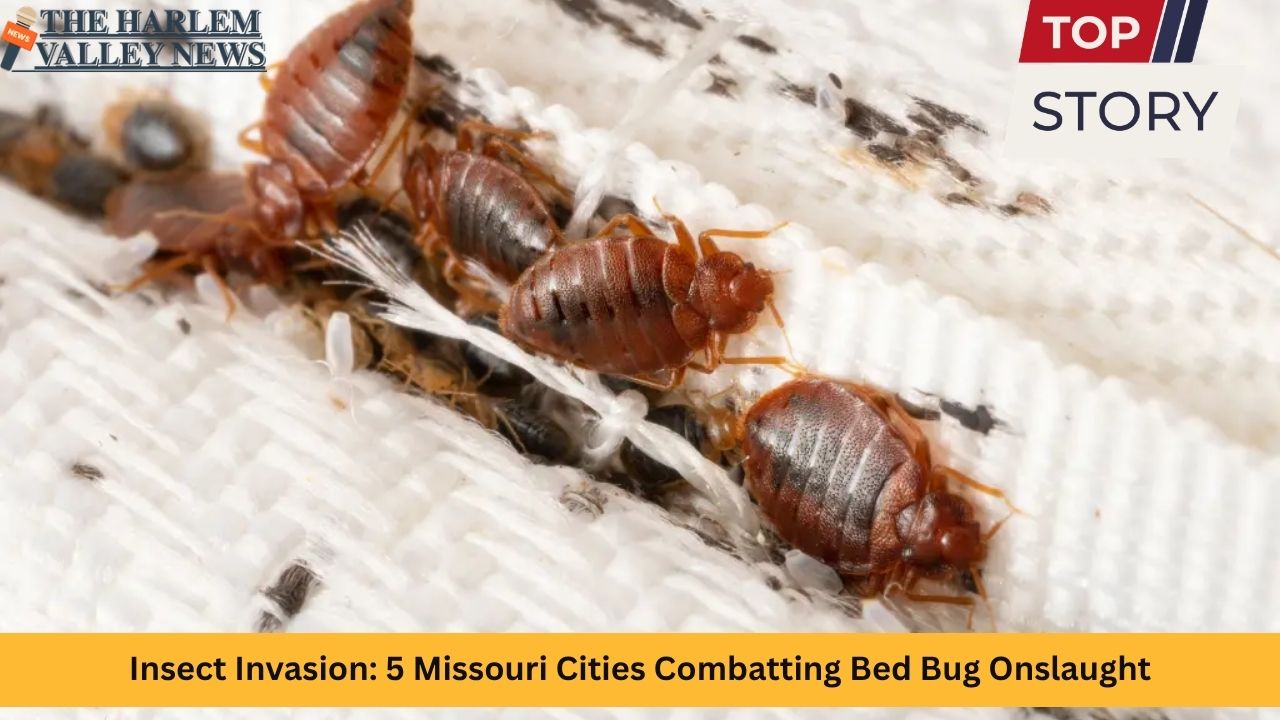


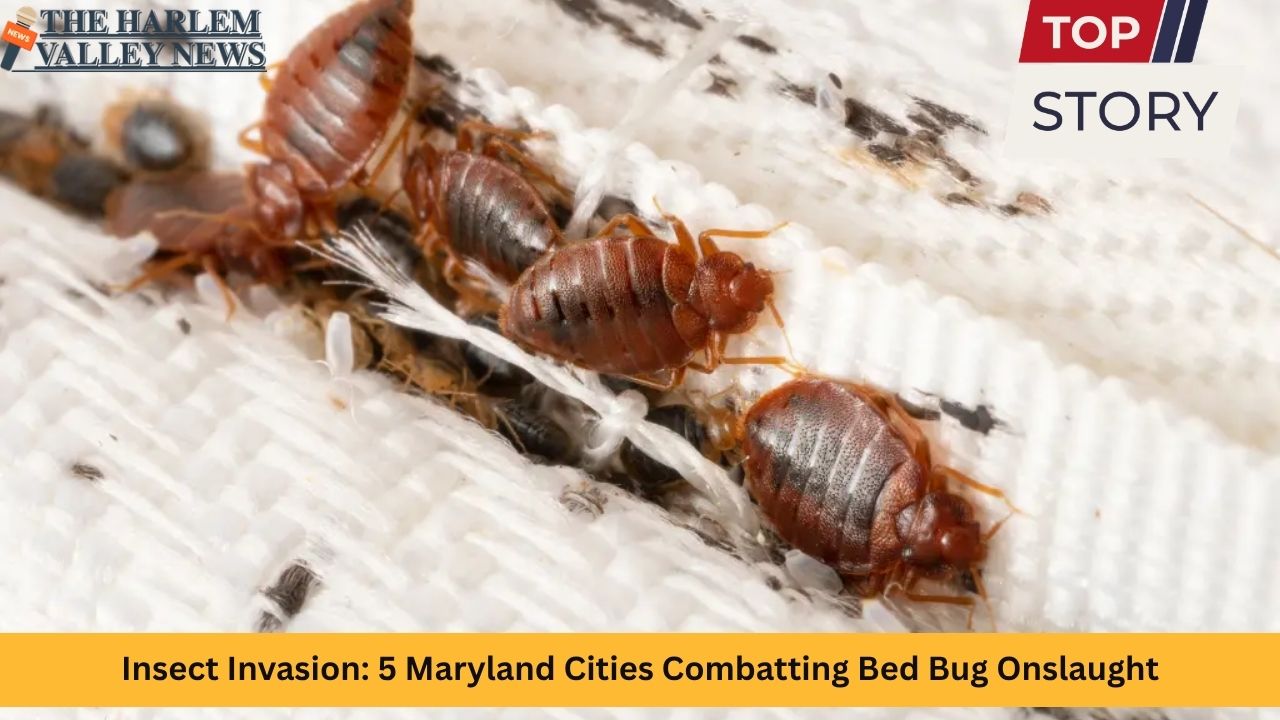
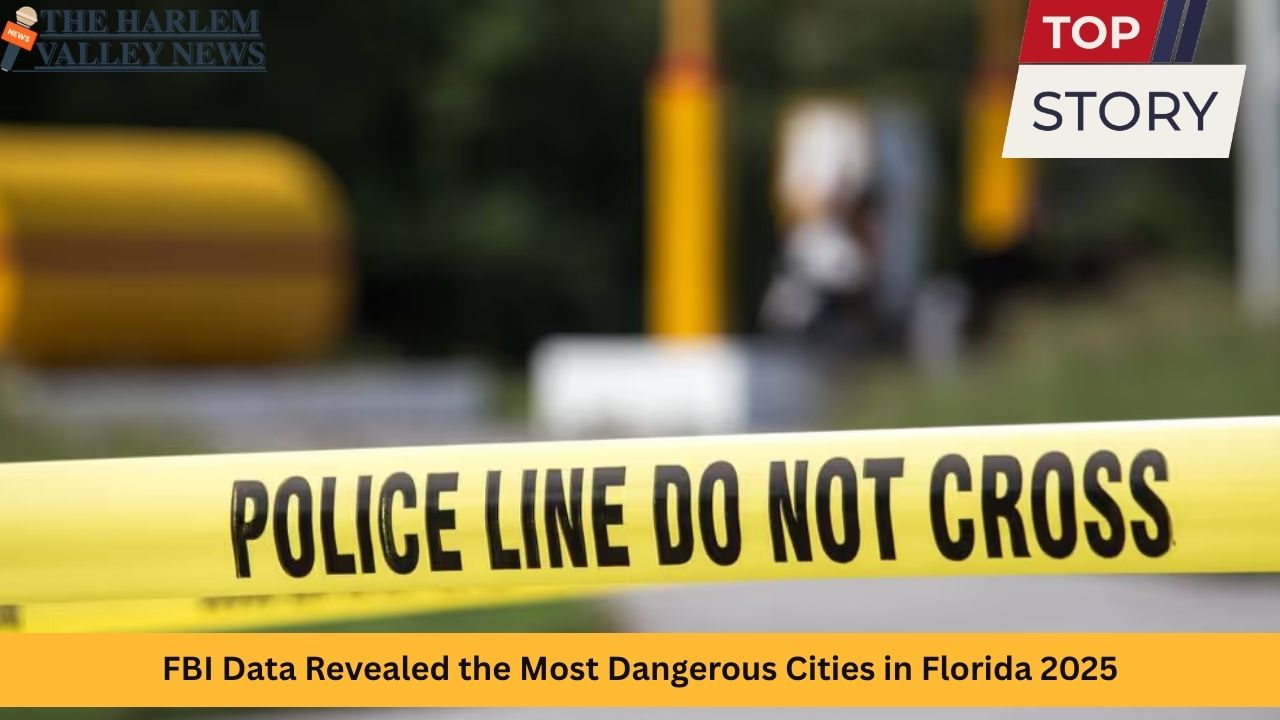
Leave a Reply